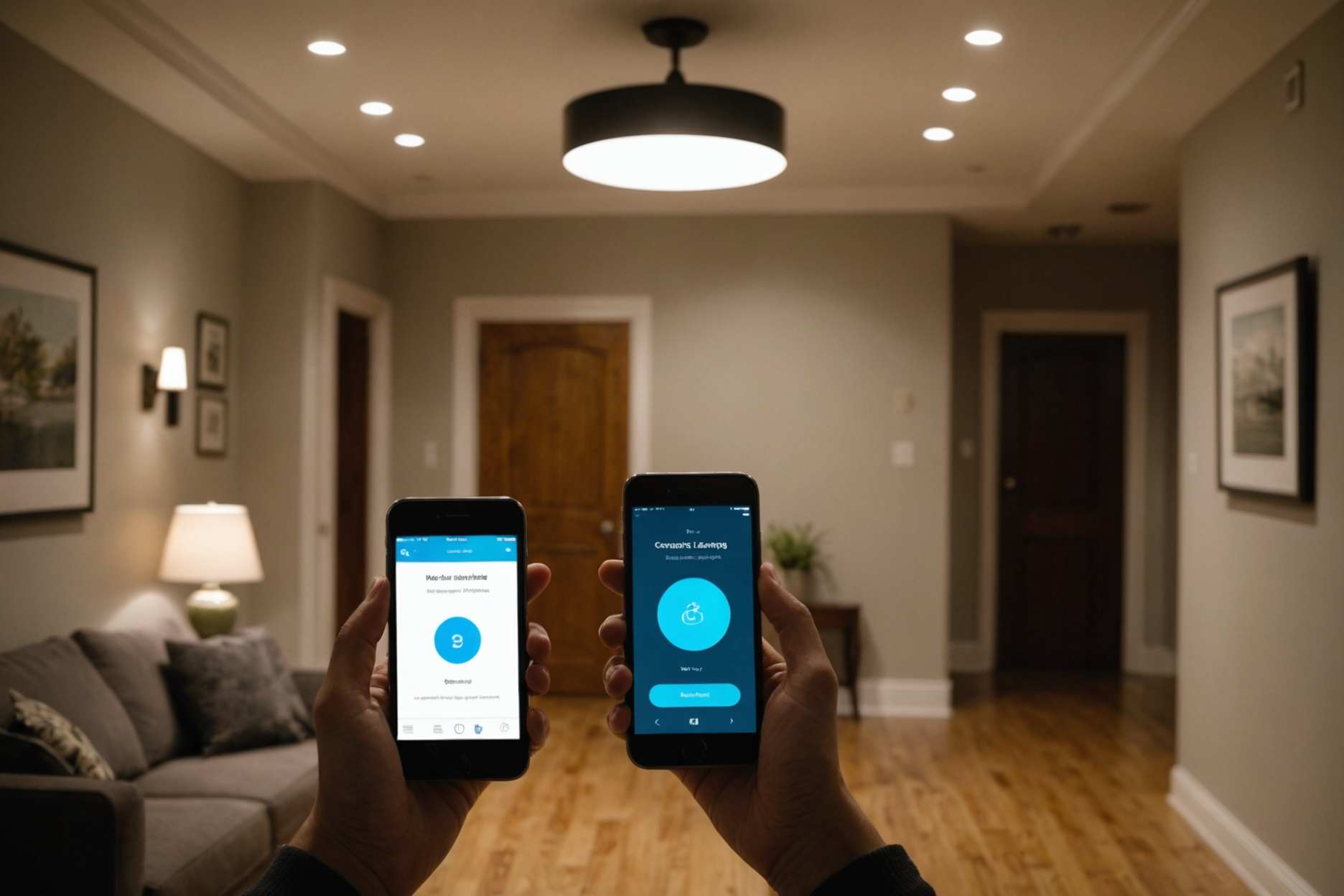
When you buy through links on our articles, Future and its syndication partners may earn a commission.

SpaceX will launch an advanced ocean-mapping satellite from California early Monday morning (Nov. 17), and you can watch the action live.
The Sentinel-6B spacecraft is scheduled to lift off atop a Falcon 9 rocket from Vandenberg Space Force Base on Monday at 12:21 a.m. EDT (0521 GMT; 9:21 p.m. on Nov. 16 local California time).
You can watch the launch live here at Space.com courtesy of NASA, or directly via the space agency. Coverage will begin at 11:30 p.m. EDT on Sunday (Nov. 16; 0430 GMT on Nov. 17).

Sentinel-6B is part of the European Union's Copernicus Earth-observing program. The new satellite will measure sea surface heights around the globe with great accuracy, continuing the work of its predecessor, Sentinel 6 Michael Frelich, which launched atop a Falcon 9 in November 2020.
"Monitoring sea-level rise is high on the global agenda," European Space Agency (ESA) officials wrote in a Sentinel-6B mission description.
"In the past 25 years, the average height of the world's oceans has risen by almost 10 cm [4 inches], according to data from Copernicus," they added. "The Copernicus Sentinel-6 mission has become the gold standard reference mission to monitor and record this key consequence of climate change."
Sentinel-6B will do this work using a radar altimeter instrument developed by ESA. The satellite also carries a NASA-provided microwave radiometer, which will determine atmospheric water content, allowing for more accurate interpretation of the altimeter's results.
During its first year of observations, Sentinel-6B will work with Sentinel 6 Michael Frelich, "enabling greater accuracy with precise cross-calibration between the two instruments," ESA officials wrote about the mission, which is a collaboration among the European Commission, ESA, NASA, Eumetsat, and the U.S. National Oceanic and Atmospheric Administration, with support from the French space agency CNES.
If all goes according to plan on Monday morning, the Falcon 9's upper stage will deploy Sentinel-6B about 57 minutes after liftoff. The 3,175-pound (1,440 kilograms) satellite will then make its way to its science orbit, which lies 830 miles (1,336 kilometers) above Earth.
The Falcon 9's first stage, meanwhile, will come back to Vandenberg for a landing about nine minutes after liftoff. It will be the third flight for this particular booster; its previous two missions lofted batches of SpaceX's Starlink broadband satellites, according to the company.
LATEST POSTS
- 1
 40代で大人の恋愛模様を彩る役で目を引く中村ゆり。『終幕のロンド』ヒロインで見せる切なさと美しさ #エキスパートトピ(斉藤貴志) - エキスパート - Yahoo!ニュース
40代で大人の恋愛模様を彩る役で目を引く中村ゆり。『終幕のロンド』ヒロインで見せる切なさと美しさ #エキスパートトピ(斉藤貴志) - エキスパート - Yahoo!ニュース - 2
 The Solution to Flexibility: Developing Internal Fortitude Notwithstanding Misfortune
The Solution to Flexibility: Developing Internal Fortitude Notwithstanding Misfortune - 3
 Find the Historical backdrop of Common liberties: Advancing Equity and Equity Around the world
Find the Historical backdrop of Common liberties: Advancing Equity and Equity Around the world - 4
 The 15 Most Powerful Forerunners in Business
The 15 Most Powerful Forerunners in Business - 5
 7 Fast Approaches to Let loose Space on Your Telephone in a flash
7 Fast Approaches to Let loose Space on Your Telephone in a flash
 Top 15 Style Creators Changing the Business
Top 15 Style Creators Changing the Business Hamas Navy head, engineer of Khan Yunis tunnel network killed in Gaza, IDF confirms
Hamas Navy head, engineer of Khan Yunis tunnel network killed in Gaza, IDF confirms The Most recent Microsoft Surface Star PC: Ideal for Top of the line Planning and Gaming Needs
The Most recent Microsoft Surface Star PC: Ideal for Top of the line Planning and Gaming Needs Practice environmental safety in Style: Divulging Famous Electric Vehicle Brands
Practice environmental safety in Style: Divulging Famous Electric Vehicle Brands Shipping: The Corridors of Trade and the Coming of Another Period
Shipping: The Corridors of Trade and the Coming of Another Period 建設されれば京都府内唯一のタワマンに 住民ら「建築確認不当」訴え(毎日新聞)
建設されれば京都府内唯一のタワマンに 住民ら「建築確認不当」訴え(毎日新聞) Wedding trip Objections in the US
Wedding trip Objections in the US 「BE:FIRST」所属事務所、SNS上の誹謗中傷に声明「あらゆる法的措置を講じることも辞さない」(スポニチアネックス)
「BE:FIRST」所属事務所、SNS上の誹謗中傷に声明「あらゆる法的措置を講じることも辞さない」(スポニチアネックス) Manual for Savvy Home Lighting Framework: Lights up Your Space
Manual for Savvy Home Lighting Framework: Lights up Your Space













